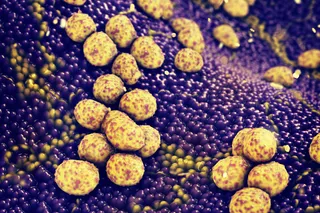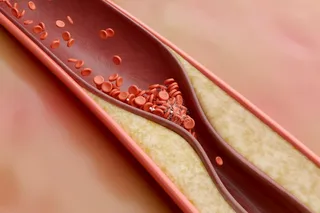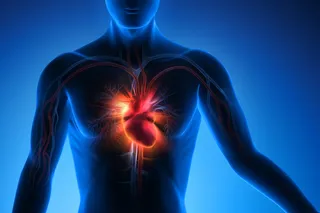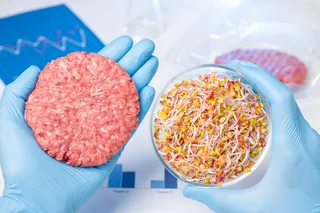Do you like Chocolate? Booze? Microwaveable pork rinds? If so you must be pretty robust, for they are all on the Men's Health list of "6 formerly forbidden snacks that are actually good for you," though I've already spoiled half the surprise (sorry). MH says, for example, that although coconut has lots of saturated fat, most of it is lauric acid, which actually raises HDL ("good" cholesterol) even more than it raises LDL ("bad" cholesterol).
Of course, Men's Health is not necessarily the most authoritative font of health knowledge (maybe try the FDA). But I think this does represent a broader fallacy in how America thinks about and communicates health information -- each time a researcher finds some health implication of one food component, that gets swatted all over the mediaverse, and boom, a new rule has been added to the Great Unwritten Codex on Health. All too often, though, new rules cancel or confuse old rules. Fats bad; no, saturated fats bad, unsaturated fats good; no, some saturated fats bad, lauric acid good, trans-fatty acids bad. Tomatoes for lycopene, sea buckthorn for Vitamin C, and supplements for coenzyme Q10. Each revelation tends to sound like it's the final answer.
But how important is each rule compared to the others? How many times will each be superseded? How many coenzymes are there left to find? How do these chemicals work -- or fail to work -- when consumed together? And most importantly, where can I get some coenzyme Q10?













